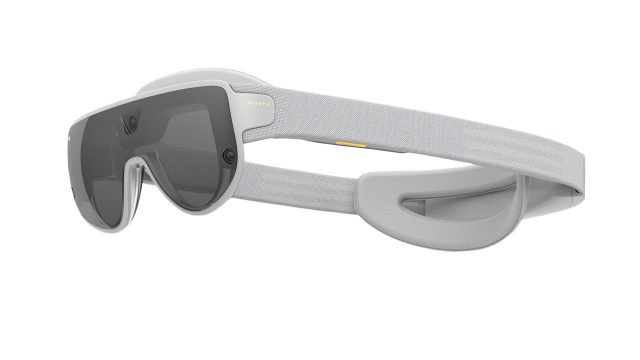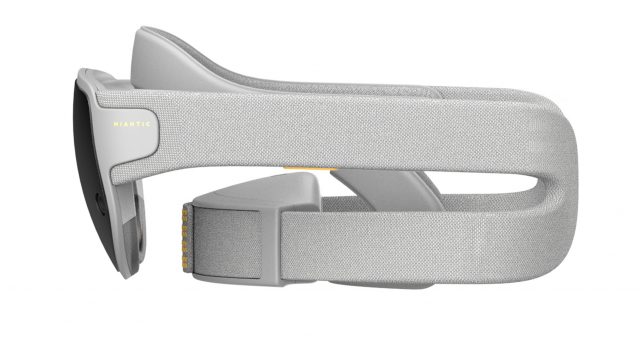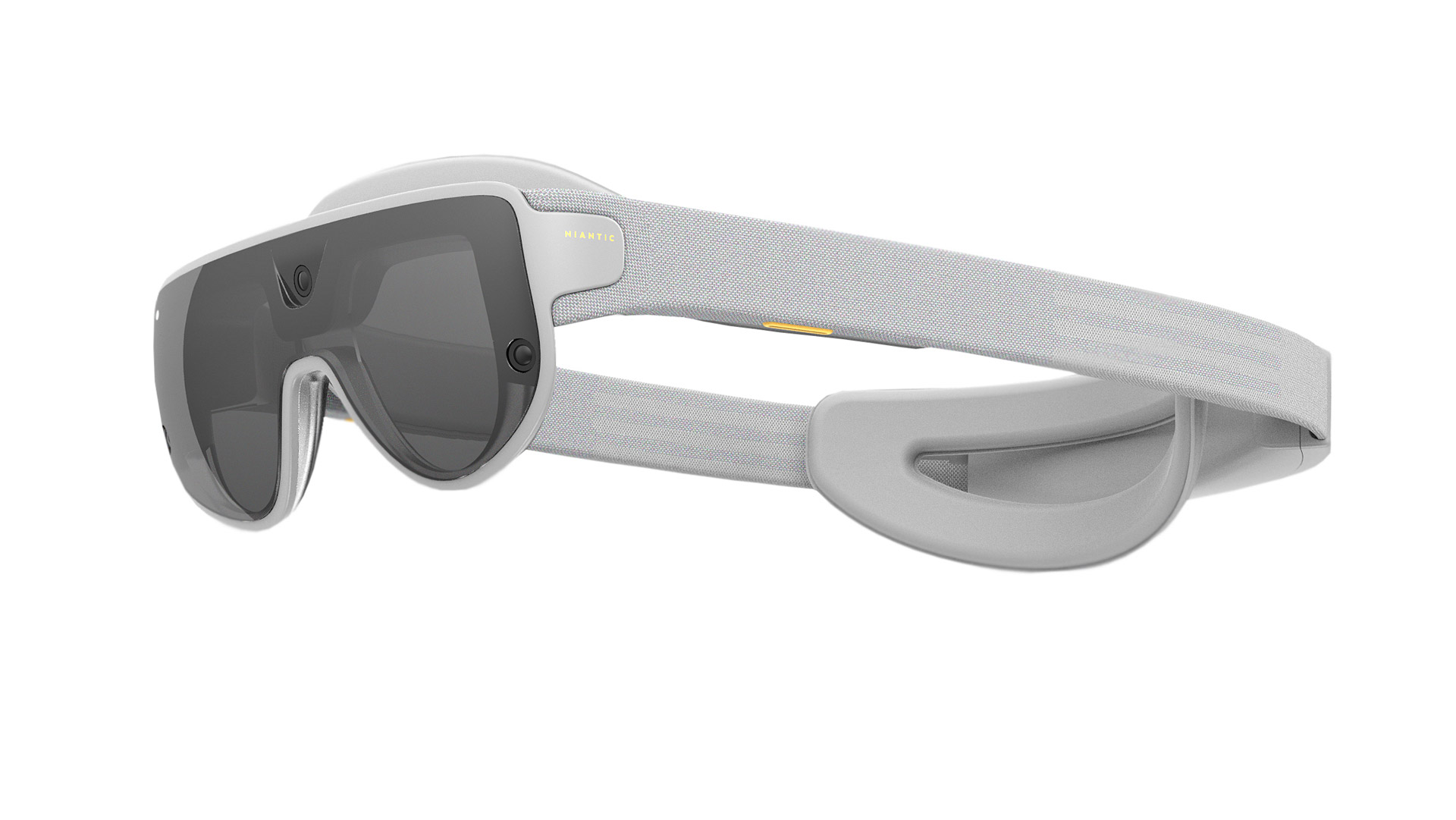Back in early 2023 Pokémon GO developer Niantic gave just a brief tease that it was working on some kind of see-through headset. Now the company has revealed that it’s been working with Qualcomm on a reference AR headset based on the Snapdragon AR2 platform.
Niantic has been quietly developing a sleek reference design for what the company is calling an “outdoor AR headset.” Qualcomm has been part of the project too, with Niantic calling the headset a “shared vision for an outdoor AR headset,” in an announcement this month.
There’s very few actual details on the specs of Niantic’s reference headset, but as far as we know it’s built atop Qualcomm’s new Snapdragon AR2, a platform of chips specially designed to enable compact, low-powered AR headsets and glasses. It isn’t clear if the headset is utilizing a host device (like a smartphone) for additional computing.

Compact indeed… while we have very few details on the reference headset, the device is almost certainly using waveguide optics (considering how compact it is). We can also spot three cameras on the front which will be used for positional tracking. And from a render of the Niantic AR headset, it appears to be able to fold in on itself to become more compact for travel. It isn’t clear from the rendering if this is a completely soft strap or if there’s a mechanical hinge hiding somewhere under the cloth-looking struts of the headstrap.

In the video above we actually see two different headsets. The first shot is of a white headset and controller that appears to be the same as the render.

The second is a black headset and black controller that doesn’t look quite as compact—this is presumably closer to the first version of the headset which the company teased previously.
 Considering that only the black headset is shown throughout the bulk of the video, it seems the white headset may not be fully functional just yet.
Considering that only the black headset is shown throughout the bulk of the video, it seems the white headset may not be fully functional just yet.
“The hardware reference design showcases the potential for outdoor-capable AR headsets that can orient themselves using the Niantic map and render information and virtual worlds on top of the physical world,” says Niantic’s Head of AR Headsets, Maryam Sabour. “The reference design will continue to evolve, and we are excited about the new Snapdragon AR2 platform that delivers ground-breaking technology to enable headset manufactures to quickly and more efficiently build sleek, commercial products based on our vision for consumers.
The company is making it clear that this is a reference headset—Niantic doesn’t want to bring it to market on its own, but wants to allow other companies to use it as a blueprint to make their own headsets. And because it’s Niantic, it makes sense that the company is hoping others will build AR headsets specifically for the outdoors.
Most commercial AR headsets to date have poor outdoor capabilities. Meanwhile, Niantic’s entire current business hinges on outdoor games like Pokémon GO, and the company is hoping to become the localization layer that everyone uses to synchronize city-scale AR experiences, via its Lightship Visual Positioning System.
On that front, Niantic’s headset reveal also came alongside the announcement that Lightship VPS will be baked into Snapdragon Spaces, Qualcomm’s AR developer toolset, starting in 2023.
,
